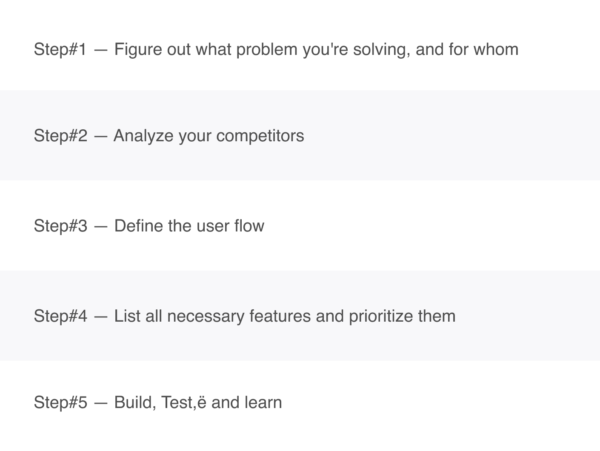Your Ultimate 2024 Guide On Hiring And Managing Remote Workers
You also want to make sure that software programs you use in-house can be implemented externally. Is your technical setup enough to take on remote employees and make them feel welcome? Check with your IT team and consider bringing in more software to help. Once you’ve established your dream team of remote employees, you want to integrate them into your organization.

On the other hand, we try to understand whether it’s okay for them to get closer to the “fire”. Given that, I think the most crucial part in the onboarding process is whether the core team has no objections against the person in question. This gathering of objections is the very last how to hire a remote team step of our onboarding process. The person who guides the guest to the way we work, creates an initiative in which they ask whether everybody is okay for the onboardee to join the core team. If someone has arguments against this, we drop the invitation and may consider it again later.
Offer meaningful benefits
You can use Professional Employer Organizations (PEOs) like Multiplier to help get your employee set up and ensure that your employee is well taken care of and that they get the benefits that they deserve. You need to be prepared to trust the people you hire because you aren’t going to be there to oversee everything. This is a good thing for managers because it gives you more of your time back to work on other things. However, for those who are used to being in control, it may take some getting used.

This can be done well if they have clear guidance from you as their employer. You should include details about the software you expect them to use and the processes you need to follow whether set out by law or your business practices. That’s why you need to find out the top criteria and mention them in the job description to make the process easier for employers and candidates.
How to Manage & Retain Remote Employees?
The contract arrangement still allows you to provide an employment-like experience with full-time roles and paid time off (PTO). Additionally, it’s possible to offer other employee benefits such as health insurance or gym memberships through online options. Pay special attention to how well the applicant communicates during this part of the process.

Effective communication is so key in a remote position that the little things are a sign of a person who might or might not be a great fit. Potential warning signs are individuals who are poor at following up via email, forget when the interview was scheduled, or aren’t flexible with an interview time in regards to time zones. In the job fit interview, we get to know the candidate a bit better and ask questions to see if they would succeed in a remote environment. These are best done synchronously, so make the most of your time, and schedule these back-to-back.
By hiring top talents for your company, you won half of the race, yet you need to keep a watch on them to ensure that they are working properly. Apploye rightly answers this question by providing an intelligent time tracker for the remote team, increasing your team’s efficiency by 20%. The one-touch clock-in and out feature for marking attendance along with the geofencing time clock ensures that the employees are working rightly at their place. Also, with the use of the dashboard, you can visually know about the team’s performance.

Firstly you need to undertake a skill test to ensure that the respective individual can work adequately in this working culture. For doing so, conducting the pre-employment examination is one of the best ways you can approach it. This assessment strategy will help to make a clear decision for shortlisting the candidates. Train employees to be responsive online and schedule frequent virtual meetings to share key information with the team. Document and share the company strategies and development processes on a centralized site. While you should allow remote employees to work autonomously, make sure to stay in continuous connection.
- As part of this arrangement, the contractor would agree to certain hours per week and deliverables within those hours.
- Hiring remotely can be easy, but transitioning to a workplace that welcomes remote workers takes some effort.
- That’s understandable if you’ve never done it before, or you’ve had a bad experience.
- Creating a diverse, equal, and inclusive work environment is just as important for remote teams as for in-office teams.
However, when you’re hiring a remote employee, make sure to ask references remote-specific questions. These tools offer video conferencing, instant messaging, project management, and other features teams need to ensure their tasks are completed as efficiently as possible. It’s common for remote workers to form a habit of overlapping work and free time since there are often no set office hours or commutes. This can lead to burnout which impacts productivity at both organizational and personal levels.
One of the major benefits of hiring remote foreign workers is that salaries are often lower than those for domestic employees due to the cost of living. Depending on the country, the cost of living may be significantly lower than what it would be in a developed Western nation. As the world comes to terms with the inevitability of a virtual workforce, companies will have to develop ways to deal with this unique phenomenon. With remote workers, you can’t use the same techniques as you would with a brick-and-mortar team. You’ll face challenges that are entirely unique to a virtual workforce. But as long as you’re able to set the guidelines for hiring and setting up your team, you’ll be able to come up with a team that you can do business with.